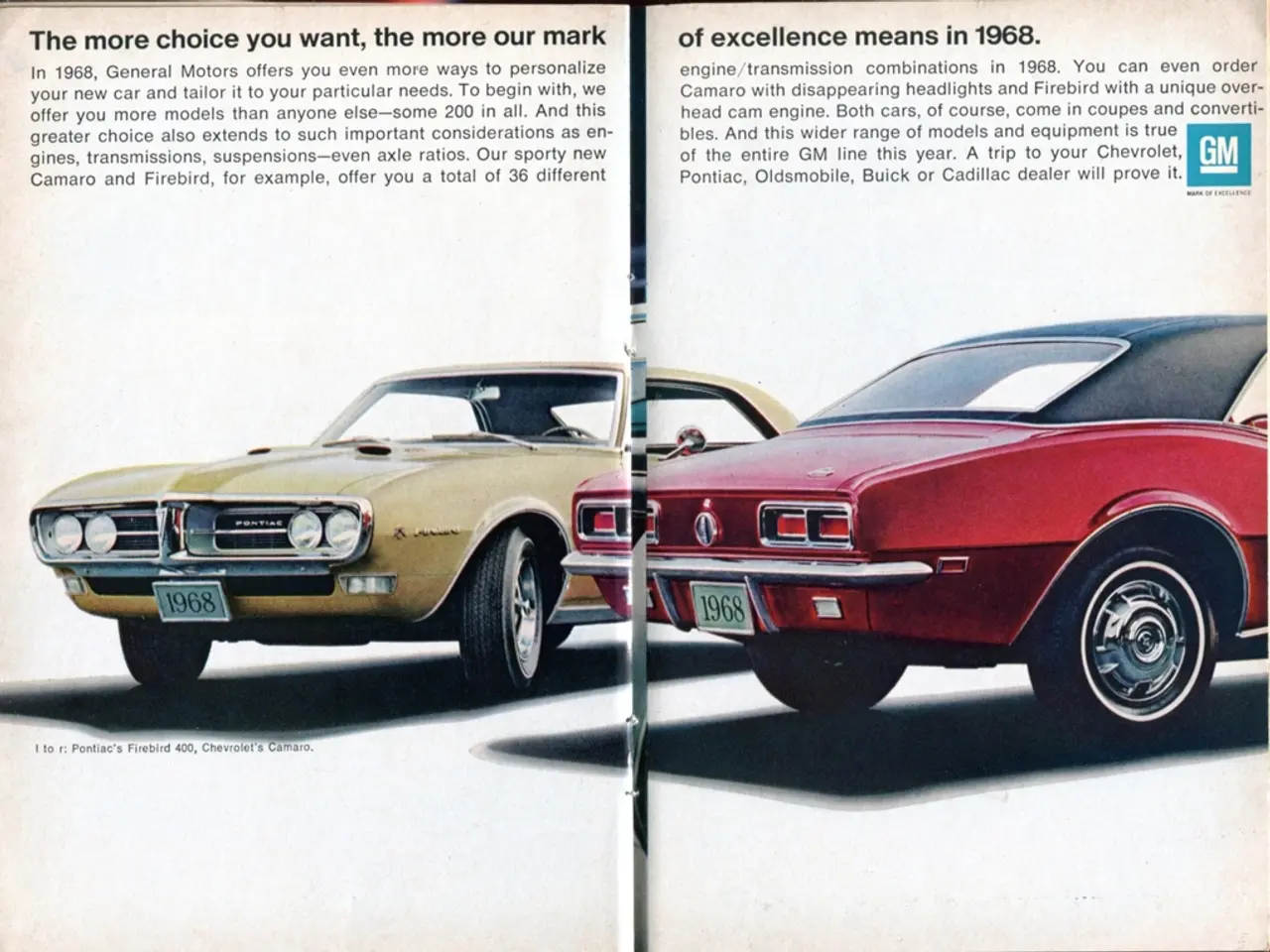O'Reilly Automotive stock experienced a substantial surge of 55,810%. The question remains, is it still worth investing in?
In the world of automotive parts, one name stands out for its consistent growth and stability - O'Reilly Automotive. Founded in 1957, the company has evolved into a powerhouse with 6,416 locations across North America as of 2023.
The resilience of O'Reilly Automotive can be attributed to several key factors. One such factor is the consistent demand, particularly in the professional segment. Analyst commentary highlights steady demand trends, with professional customers, known for their less volatile purchasing, driving ongoing revenue growth.
Another factor is O'Reilly's expansion strategy. The company continues to grow by opening new stores, such as the 38 new stores in the recent quarter, which helps increase market penetration and drives comparable store sales increases.
O'Reilly also benefits from strong sales momentum and operational efficiency. Despite occasional shortfalls in quarterly EPS and revenue compared to expectations, the company benefits from easing selling, general and administrative (SG&A) expenses pressure, improving profitability margins.
The company appears well-positioned to withstand certain economic challenges. Analysts note potential benefits from tariffs in the auto parts sector, which might give O'Reilly and peers a competitive advantage. Additionally, a focus on maintenance and repair during times of economic uncertainty tends to support steady demand for automotive parts.
O'Reilly trades at a relatively high price-to-earnings (P/E) ratio, reflecting investors’ willingness to pay a premium for its perceived stability and steady growth prospects. This suggests confidence in its durable business model.
The recent 15-for-1 stock split enhances share accessibility to a broader investor base, potentially increasing liquidity and interest in the stock, which can support valuation levels and provide capital for further growth initiatives.
However, it's important to note that while O'Reilly has the potential to be a long-term winner, its days of explosive stock price growth are likely finished. The average age of vehicles in the U.S. has increased to a record 12.8 years, leading to more repairs and more business for companies like O'Reilly. This consistent EPS growth, even when net income hasn't, has resulted in a significant return on investment. For instance, investing $10,000 into O'Reilly Automotive in 1993 would be worth $5.59 million today.
In conclusion, O'Reilly's resilient growth stems from its strong operational execution, strategic store expansion, dependable demand particularly from professional customers, and advantageous positioning amid economic and trade dynamics. These factors combine to produce stable growth and investor confidence despite the automotive parts industry's generally mundane nature.
The consistent demand for automotive parts from professional customers, driven by their less volatile purchasing behavior, contributes significantly to O'Reilly Automotive's ongoing revenue growth (finance, investing, business). O'Reilly's strategic store expansion strategy, such as opening 38 new stores in the recent quarter, helps boost market penetration and increase comparable store sales (finance, investing, business). The company's strong sales momentum and operational efficiency, despite occasional quarterly EPS and revenue shortfalls, improve profitability margins (finance, investing). O'Reilly's stable growth prospects and perceived stability have led investors to pay a premium for its shares, reflected in its high price-to-earnings ratio (finance, investing, business).




